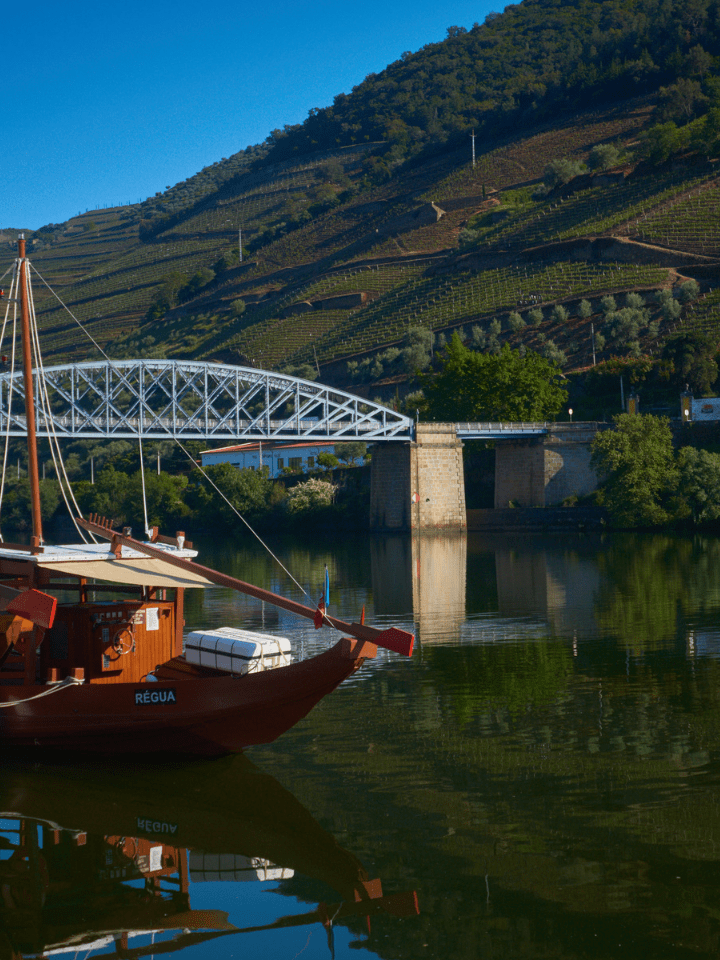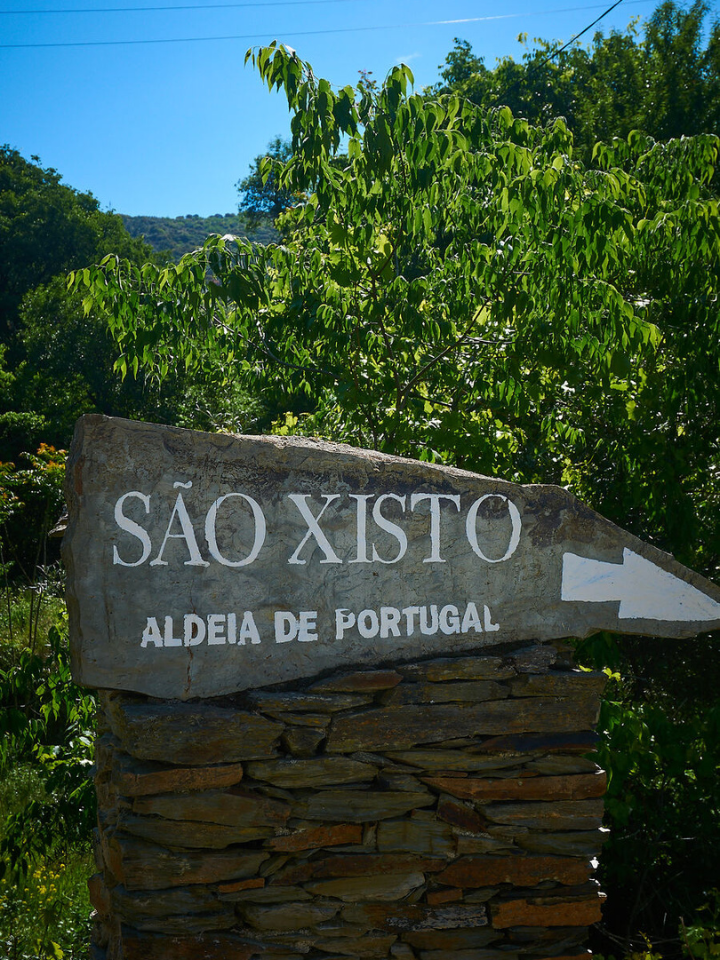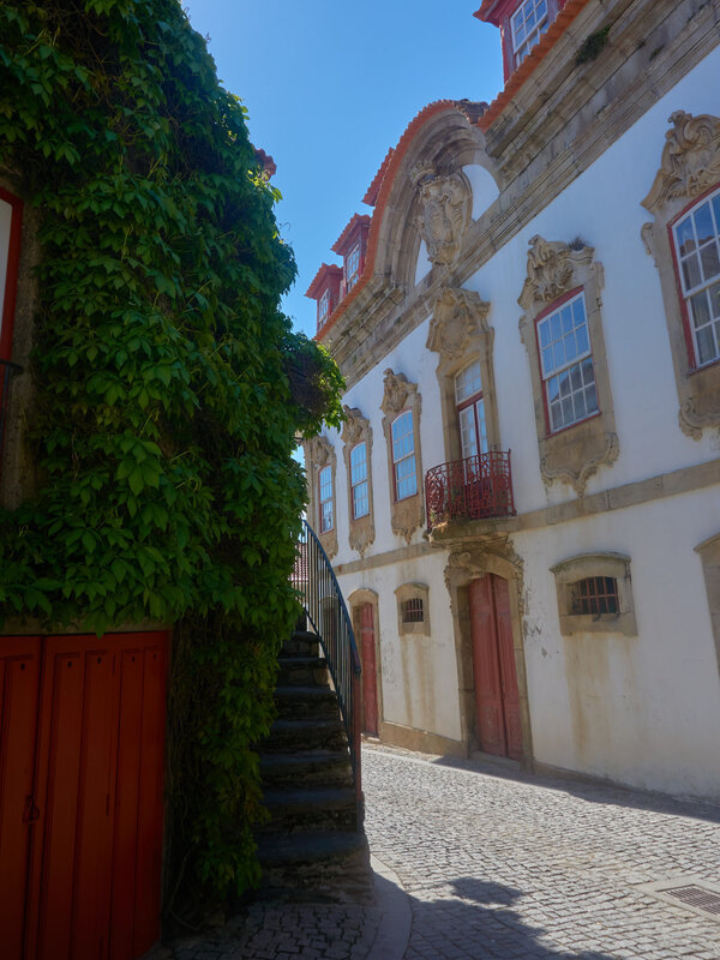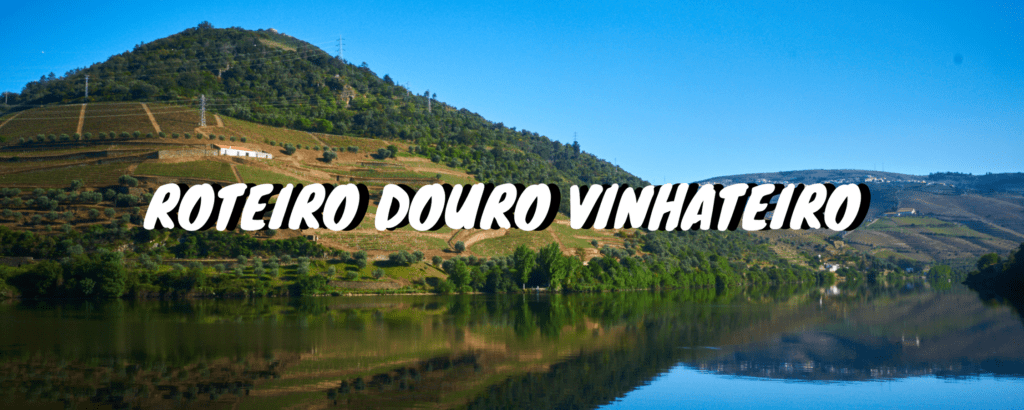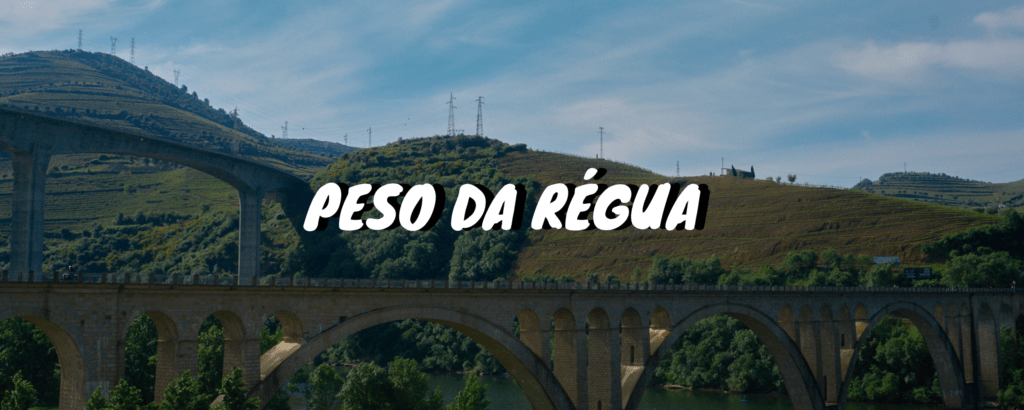
Peso da Régua is one of the most developed regions of the Demarcated Douro Region (the so-called Douro Vinhateiro). About 30 minutes by car from its neighbor Pinhão, connected by the National Road 222, considered the most beautiful in Portugal, these two destinations are a mandatory stop for those who know the Douro Wine Region and see some of its most striking landscapes.
This city is famous for its production of Port wine and, consequently, for the wine tourism, very present in the region.
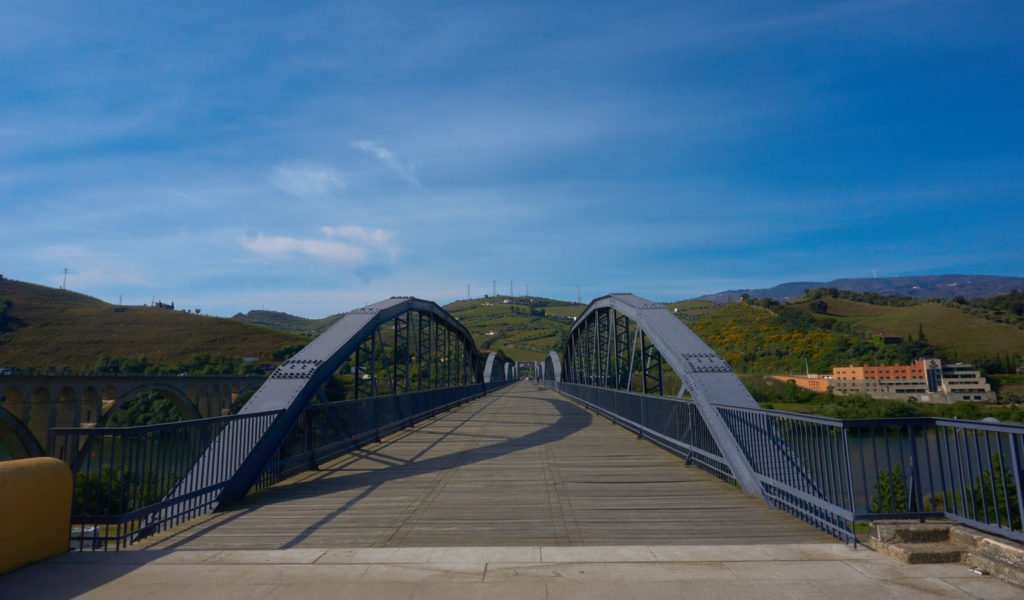
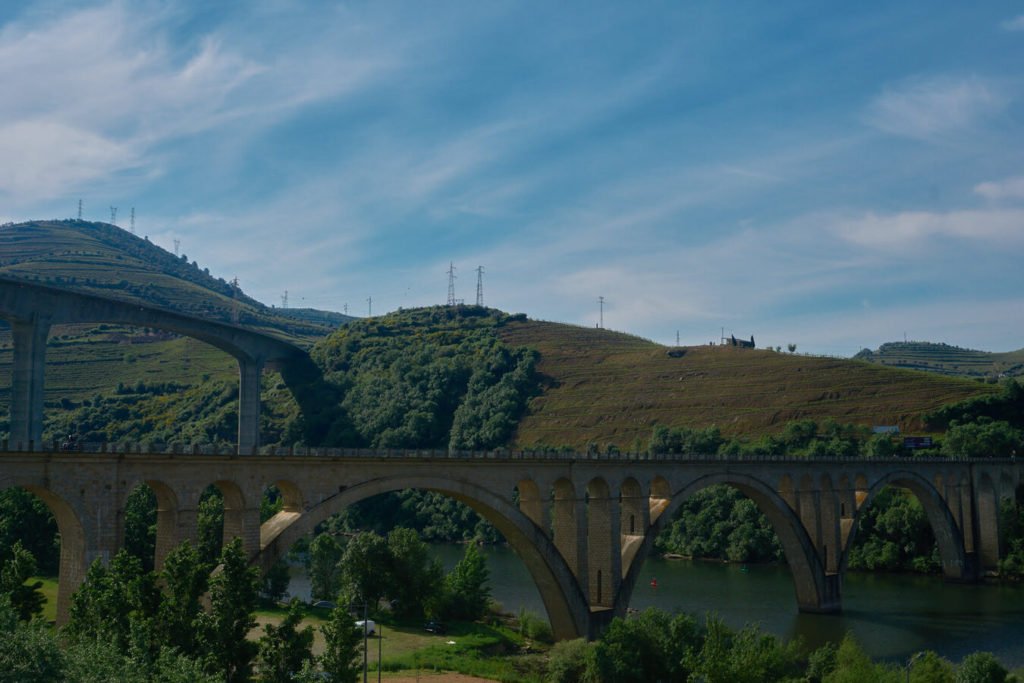
One of its main points is also its entrance gate: for those who follow the EN 222, Peso da Régua appears through the imposing image of three large bridges side by side.
The one that allows access by car is called the Régua Bridge and is about 90 years old. To its right comes the largest of the three bridges with 90 meters high: the Miguel Torga Bridge, the only one that does not give access to Peso da Régua, since the highway passes through it.
The third and smallest bridge is the so-called metal bridge, and is also the oldest (built in 1872 to cross the river). It was eventually decommissioned in the 1940s for being degraded, and later recovered and improved, obtaining its current appearance and purpose - the pedestrian promenade.
Crossing these bridges, take a right to enter the heart of the city of Peso da Régua. On this path, on the right, you will see the so-called Cais do Mercado. This consists of a former warehouse supporting the railway line that is currently converted into stores, and there are various types of businesses here such as restaurants and a wine and tapas house. Here there are also terraces for those who want to enjoy what these businesses have to offer with a view over the Douro.
A funny element of this building is its shape: the long building has a certain curvature, following that of the road. In the back of the building appears the train line.
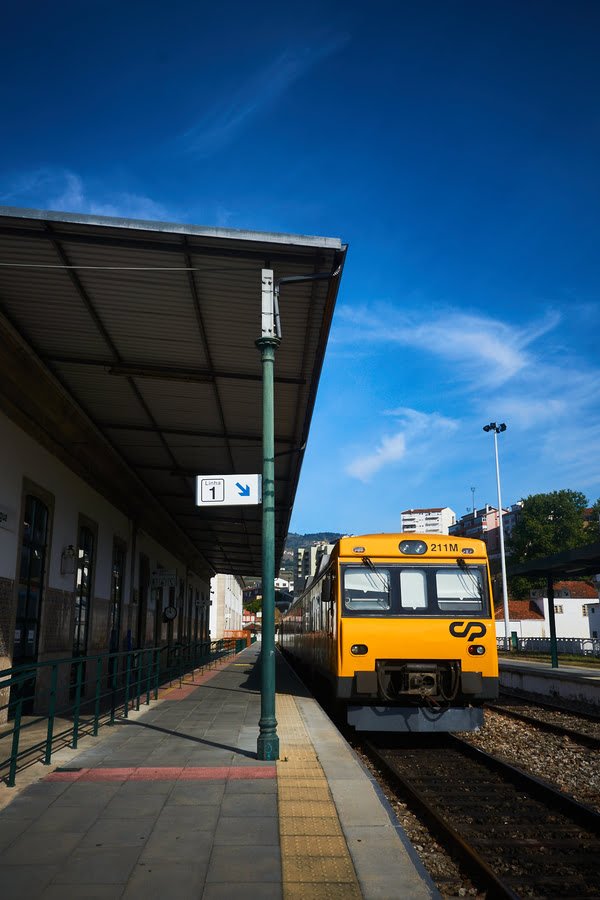
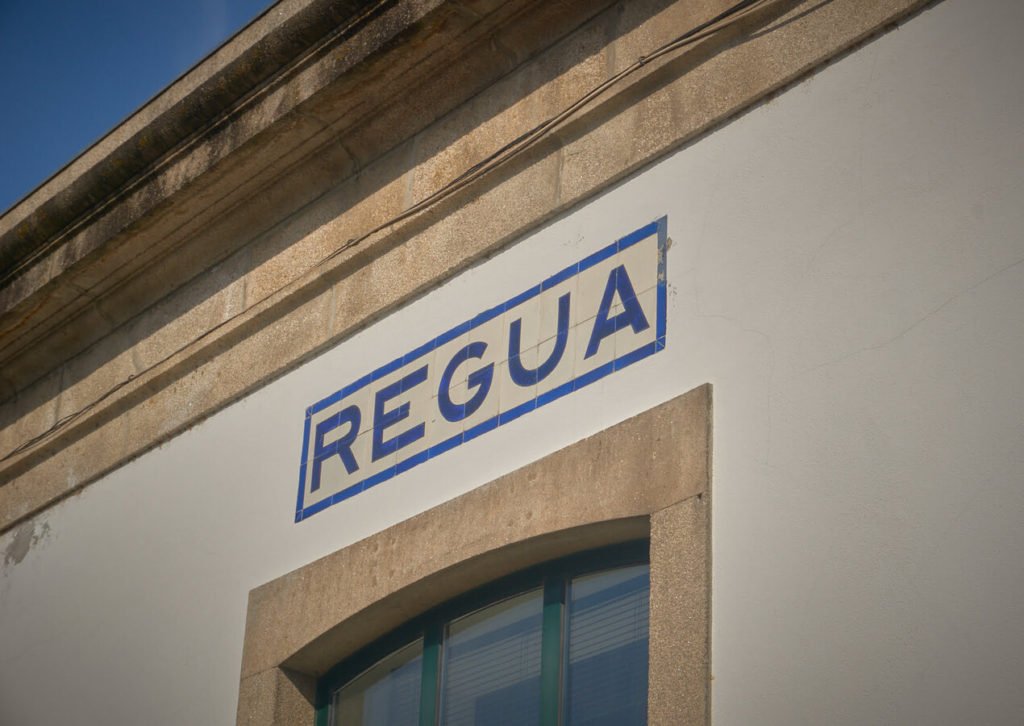
Next to this building appears, as you might expect, the Régua Railway Station. Despite not having the same grandeur of the Pinhão Station, this is also a beautiful building, in shades of white and with tile at its base. This is where the famous Historic Douro Train departs from, an initiative of CP.
Heading into the heart of Peso da Régua, there always appears on our left a large riverside walkway. Called Riverine Ecopistais over 2km long and offers some of the most beautiful views in the city: from the view over the bridges, over the vineyards and terraces on the other side of the river, and even the references to the wineries that stand out in the landscape. We recommend that, like we did, you walk it during sunset time.
At one end of this path you will find the Régua Quaywhere there are usually several offers of tours on the Douro River.
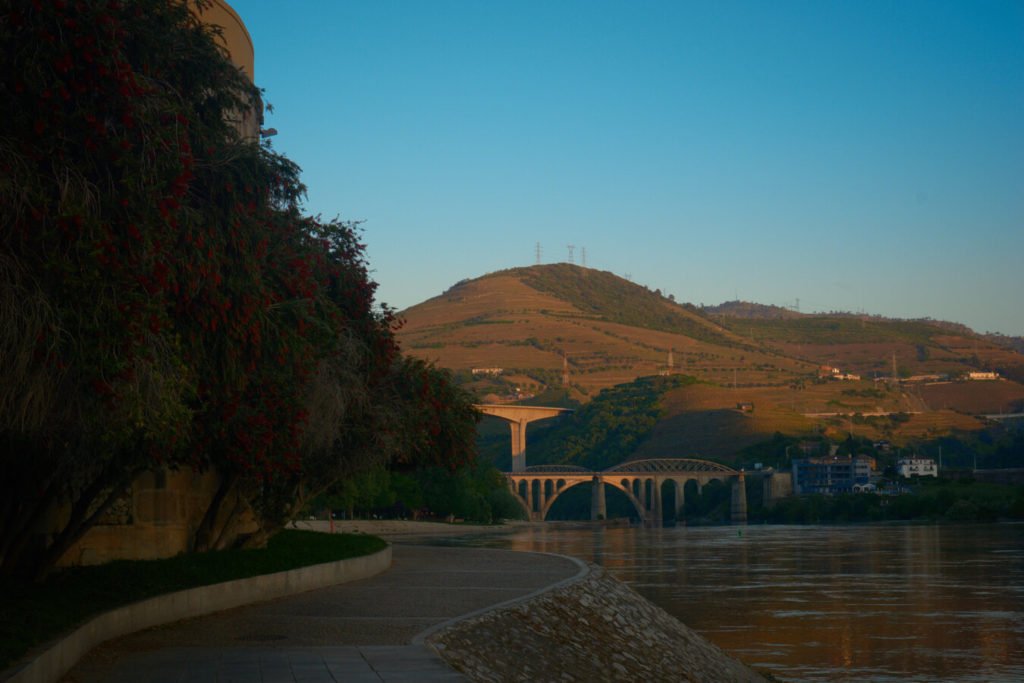
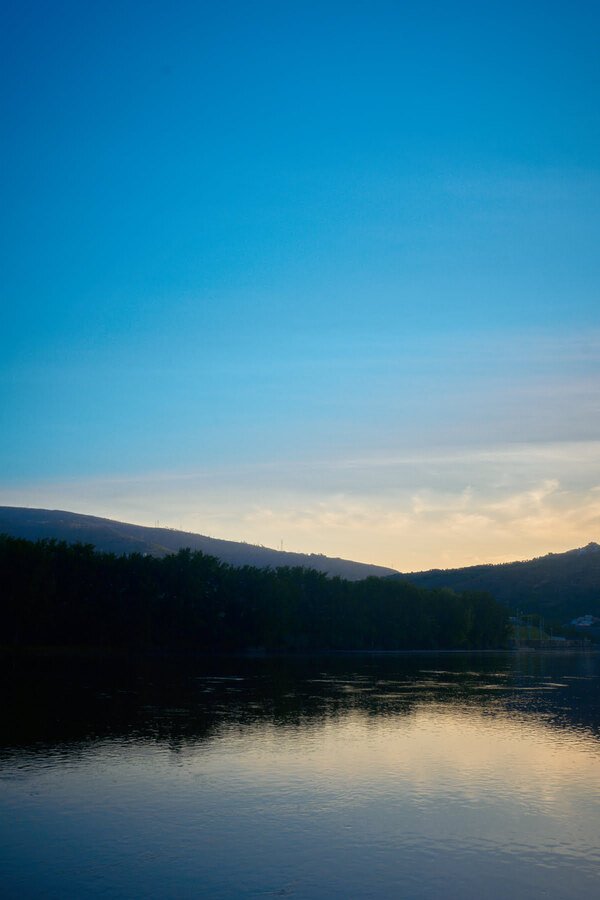
Besides these activities, and for those who prefer museums, you can always visit the Douro Museumwhich, as the name implies, focuses on wine growing.
For those who want to venture into the surroundings, in addition to several villages, such as Pinhão, São Xisto, and Provesende, there are also several viewpoints, farms, and religious heritage.
On a religious level, we find the Sanctuary of Nossa Senhora dos Remédios de Lamego (about 20km south). Regarding viewpoints, the two best in the vicinity are the Miradouro de São Leonardo de Galafura (about 20km by car, with a beautiful view over the curves of the Douro River) and the Miradouro de Santo António do Loureiro (about 8km away, with a view over Peso da Régua, with the Douro River in lesser prominence). Besides these, there are many other viewpoints nearby, it is a matter of paying attention to the signs (many handmade) that appear along the way.
Finally, wine tourism. Around Peso da Régua we find different wine farms, many with well-known wines, such as Quinta do Vallado, Quinta de São Domingos and Quinta da Pacheca (known for its accommodation with rooms in the shape of barrels). In our case, we chose to visit and do the tasting of Quinta da Pacheca (you can learn more here).
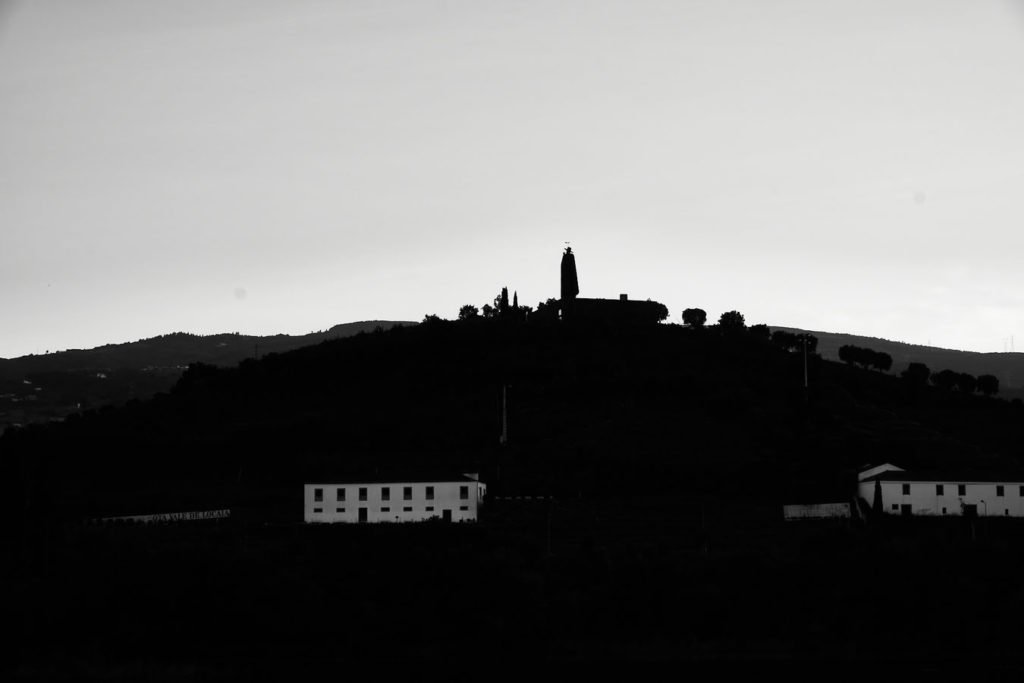
more to see
Douro Region

